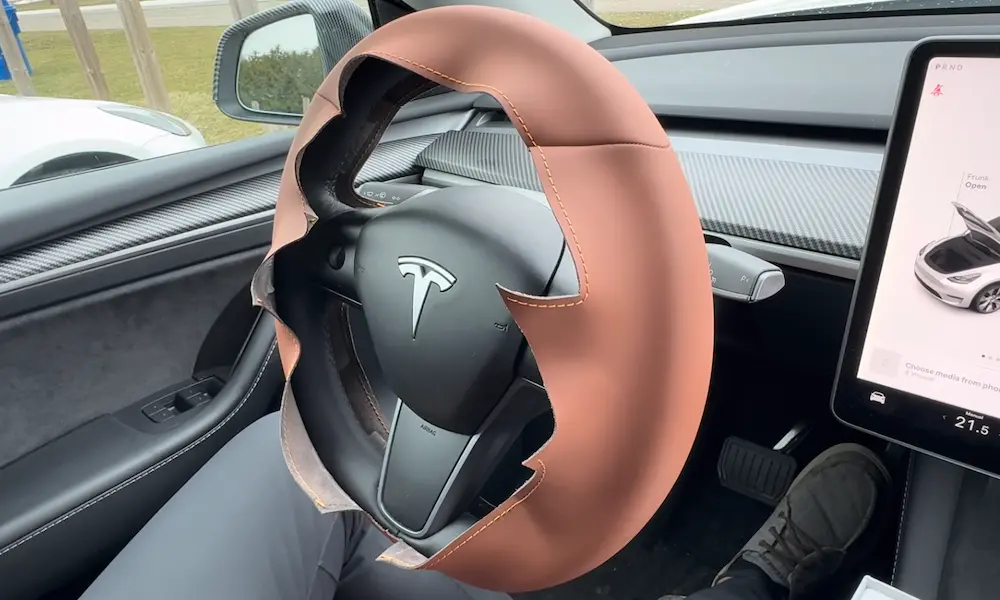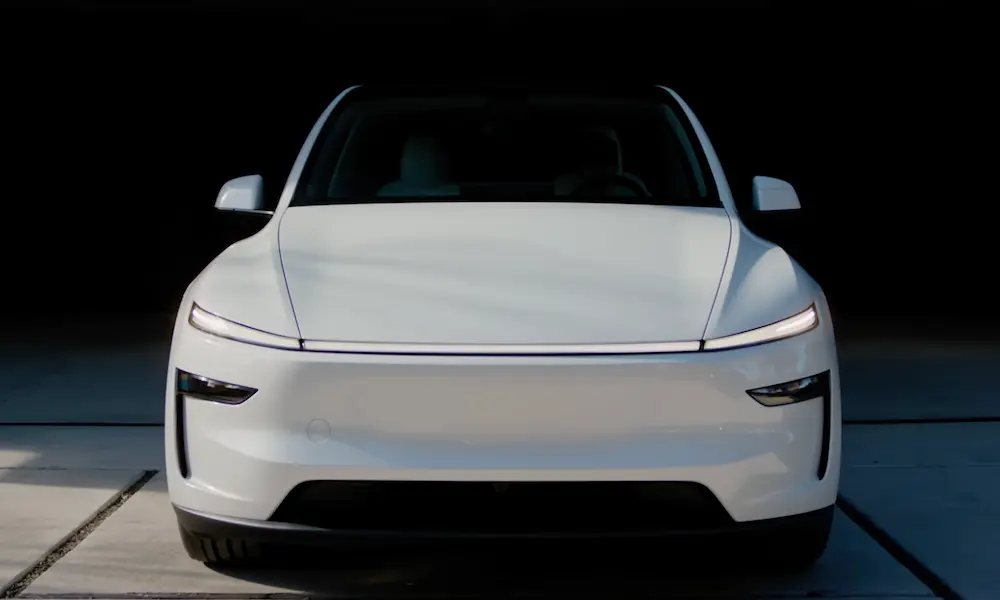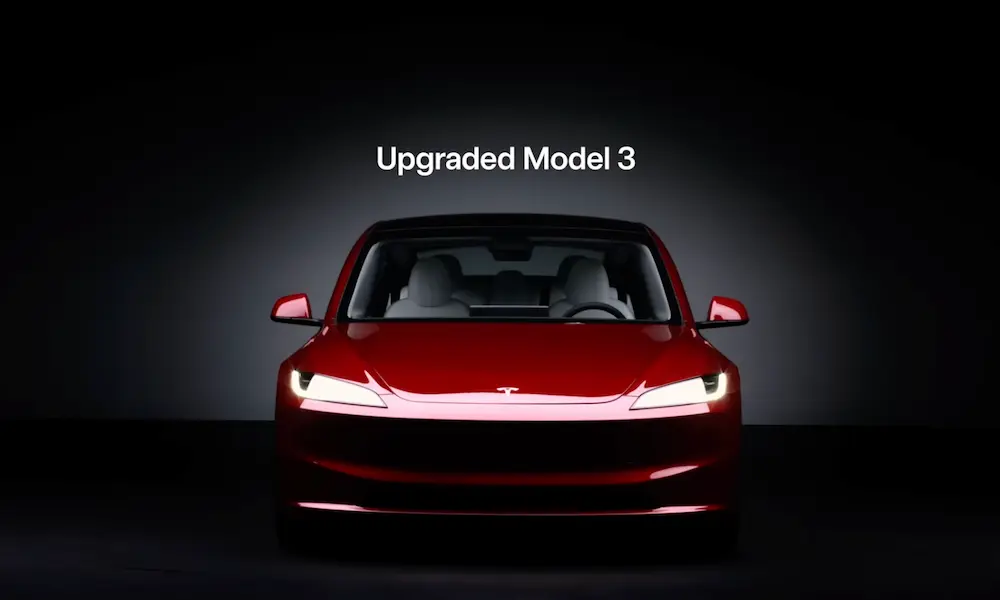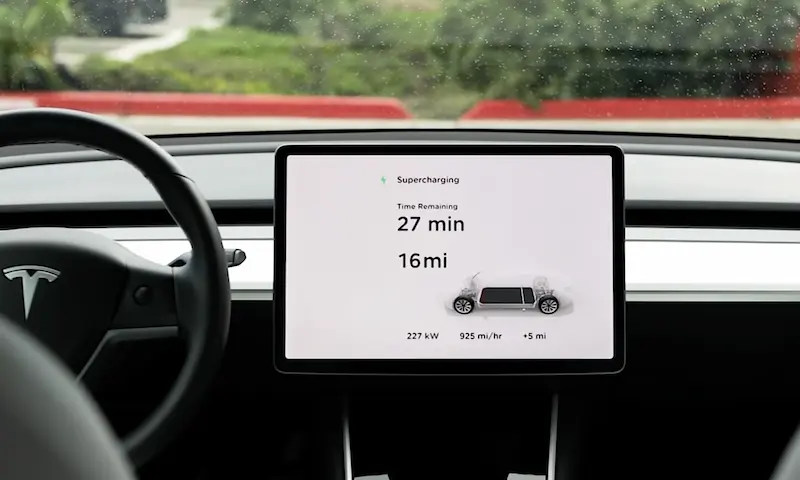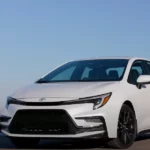Is your Tesla just sitting there with blank screens where camera views should be? You’re looking at one of the most common and frustrating issues Tesla owners face. Camera failures can knock out crucial features like Autopilot, blind spot detection, and even basic parking assistance.
Let’s cut through the confusion and get your Tesla’s eyes working again with proven solutions from real owners who’ve faced the same problems.
Why Tesla Cameras Suddenly Stop Working
Software Updates: The Main Culprit
Tesla’s frequent software updates are amazing for adding new features, but they’re also the number one trigger for camera failures. Several specific updates have been particularly problematic:
- Version 2023.38.4 (caused widespread camera and navigation issues)
- Version 2023.44.30 (affected rear camera functionality)
- Version 2024.45.25.5 (included with V13.2.2 FSD and Christmas update)
Many owners report a pattern where Hardware 4 (HW4) cameras seem more susceptible to software-related failures than older hardware versions.
Hardware Failures
While less common, physical camera problems do happen:
- Damaged camera connections
- Failed navigation receivers
- Driver assist computers getting stuck in reboot loops
- Moisture or debris entering camera housings
How to Identify Your Camera Problem
Before attempting fixes, determine which symptoms you’re experiencing:
- Black screens when trying to view cameras
- “Temporarily Unavailable” messages
- Camera loading screens that never complete
- Navigation showing incorrect location (sometimes miles off)
- Autopilot and FSD features unavailable
- Parking assistance not working
Quick DIY Fixes for Tesla Camera Issues
Solution 1: Reset the Driver Assist System (DAS)
This is often the fastest and most effective solution:
- Tap “Controls” on your Tesla screen
- Go to “Settings” > “Software”
- Tap and hold the Tesla logo for several seconds
- When prompted, type “service” to enter Service Mode
- Navigate to “Driver Assist” > “Camera”
- Press “Reset DAS”
This solution works immediately for many owners by rebooting the camera system without affecting other vehicle settings.
Solution 2: The Two-Button Reset
If you can’t access Service Mode, try this universal Tesla reset:
- Press and hold both scroll wheels on your steering wheel
- Keep holding until the screen goes black (about 30-40 seconds)
- Wait for the Tesla logo to appear
- Test your cameras again once the system reboots
This method forces a complete system restart that can clear temporary glitches.
Solution 3: Enable “Deep Sleep” Mode
Some owners have fixed camera issues by letting their Tesla enter a deep power-saving state:
- Disable Sentry Mode completely
- Turn off Cabin Overheat Protection
- Leave the car untouched for over an hour
- Alternatively, start charging for at least 10 minutes
As one Model Y owner reported: “Disabling sentry mode and overheat cabin protection then leaving the car alone for over an hour fixed it for me. Apparently that makes it go into a ‘deep sleep’.”
Solution 4: Software Reinstallation
For persistent issues, reinstalling the current software version can help:
- Enter Service Mode (as described in Solution 1)
- Navigate to the Software section
- Select “Reinstall Current Version”
- Follow the prompts and allow the process to complete
This refreshes all software components without changing your version number.
Solution 5: Camera Recalibration
If your cameras are working but behaving erratically:
- Enter Service Mode
- Locate and select “Camera Calibration”
- Drive the vehicle for approximately 10 minutes on well-marked roads
- The system will notify you when calibration is complete
One Model 3 owner shared: “In the service menu, I recalibrated the camera, which made it work right away… After driving for about 10 minutes, the camera calibration finished, and Full Self-Driving was functioning perfectly again.”
Advanced Troubleshooting Methods
The Comprehensive Reset Protocol
Some stubborn camera issues require a multi-step approach:
- Perform a two-button reset (hold scroll wheels for 90 seconds)
- Remove any USB drives used for Sentry Mode
- Complete another two-button reset
- Enter Service Mode and recalibrate cameras
- Test all camera views and functions
Check for Physical Obstructions
Before assuming a software issue, inspect your cameras:
- Check each camera location for dirt, snow, ice, or debris
- Clean cameras with a soft microfiber cloth and water
- Inspect for condensation inside camera housings
- Look for physical damage to camera lenses
Battery Disconnect (Last Resort)
This method should only be used if all else fails:
- Ensure your vehicle is in Park and powered off
- Open the frunk and locate the 12V battery
- Disconnect the negative terminal
- Wait 2-3 minutes
- Reconnect the battery
Note: This will reset many vehicle settings and should only be performed if you’re comfortable working with your vehicle’s electrical system.
When to Schedule Tesla Service
Signs Professional Help is Needed
If DIY methods don’t work, it’s time to contact Tesla service when:
- Multiple reset attempts fail
- Camera issues return immediately after fixes
- You notice physical damage to cameras
- The vehicle computer gets stuck in reboot loops
- You see error messages about hardware failures
What to Expect at Service
Tesla service centers can perform deeper diagnostics and repairs:
- Computer hardware resets that require battery disconnection
- Camera module replacements
- Navigation receiver repairs
- Driver assist computer replacements
- Software rollbacks (in some cases)
One owner shared their experience: “The advisor said they found that the driver assist computer was stuck in a perpetual reboot state after the firmware update and they simply did a hard reset by disconnecting the battery and reconnecting it.”
Mobile Service vs. Service Center
For camera issues:
- Mobile Service: Can handle simple resets and software reinstallations
- Service Center: Required for hardware replacements and complex diagnostics
Model-Specific Camera Issues
Model 3 Camera Problems
The Model 3 most commonly experiences:
- Rear camera failures after certain updates
- Issues with cabin camera availability
- Side camera glitches affecting Autopilot
- Persistent loading screens on camera views
Model Y Camera Problems
Model Y owners frequently report:
- All cameras simultaneously failing after updates
- Navigation errors accompanying camera failures
- B-pillar cameras (side cameras) not working
- Camera calibration issues requiring reset
Model S and X Camera Considerations
Older flagship models can experience:
- Legacy hardware compatibility issues with newer software
- Slower camera activation times
- Moisture issues in older camera housings
- More complex diagnostic procedures due to different computer architecture
Understanding Tesla’s Camera System
The Important Role of Tesla Cameras
Tesla relies on cameras more than most cars for critical functions:
| Camera Location | Primary Functions | Impact When Failed |
|---|---|---|
| Front Cameras (3) | Autopilot, FSD, TACC | Loss of forward collision warning, adaptive cruise control |
| B-Pillar (2) | Lane changes, blind spot | Dangerous lane changes, reduced safety |
| Rear Cameras (2-3) | Parking, reversing, Sentry | Inability to park safely, security vulnerability |
| Cabin Camera | Driver monitoring | Reduced effectiveness of driver attention warnings |
How Software Updates Affect Cameras
Tesla’s update process works differently than most cars:
| Update Component | Potential Issue | Why It Matters |
|---|---|---|
| Camera Firmware | Compatibility problems | Cameras may need recalibration after updates |
| Neural Networks | Processing changes | New vision algorithms may conflict with camera settings |
| Driver Assist | ECU communication | Updates can interrupt critical system connections |
| Autopilot/FSD | Feature requirements | Higher demands on camera systems with advanced features |
Real Tesla Owner Experiences
“For some reason Tesla updates tend to break the HW4 camera more often than HW3. I’ve never had to do the reset on my Model 3, but my dad’s Model Y needed it a few times.” – Reddit user
“This is the winner for sure. Mine did the same thing this morning. After posting and getting some absolute quick and stellar feedback, I went into service mode and reset all the cameras. Worked like a charm.” – Tesla owner discussing DAS reset
“They kept my car for 2 days (doing nothing) and returned it saying ‘Team is working on this issue. No fix for it as of now’. I asked them to roll back to the previous software version, they said it is not possible from their end.” – Owner with service center difficulties
What’s Next for Tesla Cameras?
Tesla continues working on camera system improvements:
- Hardware upgrades in newer production vehicles
- More robust software update testing
- Enhanced Service Mode tools for owners
- Camera redundancy improvements
The Company has acknowledged camera issues in several software releases and typically addresses them in subsequent updates. While these problems are frustrating, they’re part of the growing pains of developing cutting-edge driver assistance systems.
Getting Help Beyond DIY Solutions
If you’ve tried everything and still have camera problems:
- Schedule service through the Tesla app (fastest method)
- Contact Tesla Support directly
- Check for any active recalls related to cameras
- Document all troubleshooting steps you’ve tried to share with service
Many camera issues that once required service center visits can now be fixed at home thanks to Tesla’s improved Service Mode tools. With the steps in this guide, you’ll be back to enjoying all your Tesla’s camera features in no time.



